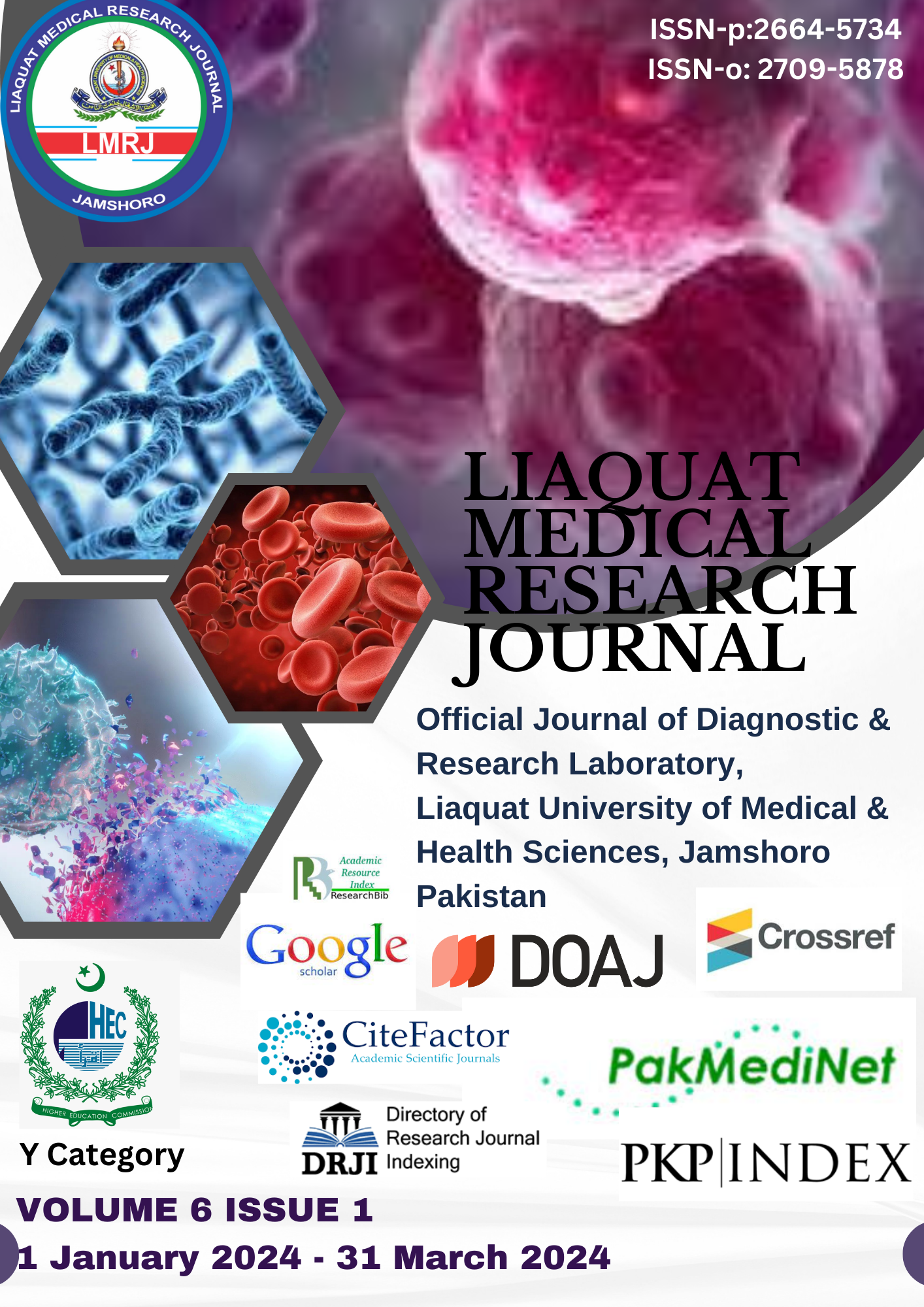Transplant glomerulopathy: A brief narrative review in the light of informed literature
DOI:
https://doi.org/10.38106/LMRJ.2024.6.1-07Keywords:
awarenessAbstract
Transplant glomerulopathy is characterized by a post-transplant morphologic insult. It occurs as a consequence of chronic, periodic injury of endothelial cells triggered by chronic hepatitis C virus (HCV) infection, donor-specific antibodies (DSA), cell-mediated injury or thrombotic microangiopathy. The disease might not be overt; however, it often presents with obvious symptoms, such as proteinuria (nephrotic range), hypertension, and deteriorating glomerular filtration rate (GFR). Histopathology is the mainstay diagnostic tool for transplant glomerulopathy patients and electron microscopy serves the purpose to early diagnosis. The classic histopathological feature of the disease is glomerular basement membrane thickening with reduplication on light or electron microscopy without immune complex deposits. Conventional therapeutic regimens include intravenous immunoglobulins (IVIG), plasmapheresis and splenectomy, and lately rituximab, eculizumab and bortezomib. Transplant glomerulopathy patients usually have positive history for acute rejection, resulting mostly in antibody-mediated rejection. DSAs against class II is specifically linked with transplant glomerulopathy. Unfortunately, the prognosis of kidney allografts is dismal even under existing immunosuppressive regimens.

Downloads
Published
How to Cite
Issue
Section
Categories
License
Copyright (c) 2024 Muhammad Tassaduq Khan, Rashid Bin Hamid, Naranjan Lal

This work is licensed under a Creative Commons Attribution-NonCommercial-NoDerivatives 4.0 International License.
Copyright: Open access journal copyright lies with authors and protected under CC BY-NC-ND 4.0 licence (https://creativecommons.org/licenses/by-nc-nd/4.0/).









